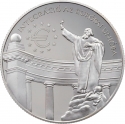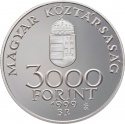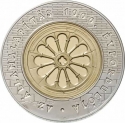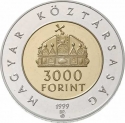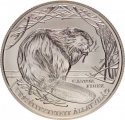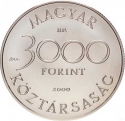You are about to finish your registration. Please check your mailbox (including spam folder). There should be a letter with a confirmation link. Check setting to make sure that your e-mail address is correct.
Send letter againDescription
Dénes Gábor (1900–1979) was a renowned scientist and electrical engineer, distinguished for his groundbreaking inventions and theoretical contributions. He held esteemed honors including Fellowship of the Royal Society, an honorary membership in the Hungarian Academy of Sciences, and a Knight of the Order of the British Empire. Gábor's notable achievements include the invention of the "Kalor" vacuum tube, which significantly improved television picture tube quality, and his pivotal role in advancing cathode-ray tube (CRT) technology, vital for early television sets and color television development.
Following World War II, Gábor delved into electron microscopy, optics, and information theory, leading to the seminal development of holography theory. His diverse innovations included the creation of a holographic microscope, universal analog computer, flat color television tube, and a novel thermionic converter. Gábor's profound theoretical contributions, notably in communication theory, culminated in his receipt of the Nobel Prize in Physics in 1971, recognizing his pioneering work in holography and its transformative impact on various fields.
Obverse

|
Depicts a portrait of Dénes Gábor, with his signature depicted at the bottom right. Below the signature, his birth and death dates are shown in two lines. On the left, the engraver's privy mark is visible. Gábor Dénes |
|---|---|
Reverse

|
Depicts a colored, three-dimensional hologram on a 12.3 mm nickel disc. The hologram displays the initials of Dénes Gábor's name, with a laser beam in the background and pulsating concentric circles. The denomination is arranged in a semi-circle at the bottom. The country name (Hungarian Republic) is divided by the engraver's initials (FM) and mint mark (BP) on the left, while the year of issue is on the right side. MAGYAR KÖZTÁRSASÁG 2000 3000 FORINT FM · BP. |
| Edge |
3000 Forint
Third Republic
100th Anniversary of Birth of Dénes Gábor
KM# 749 Schön# 247 Adamo# EM166
100th Anniversary of Birth of Dénes Gábor
Related coins
Integration into the European Union


